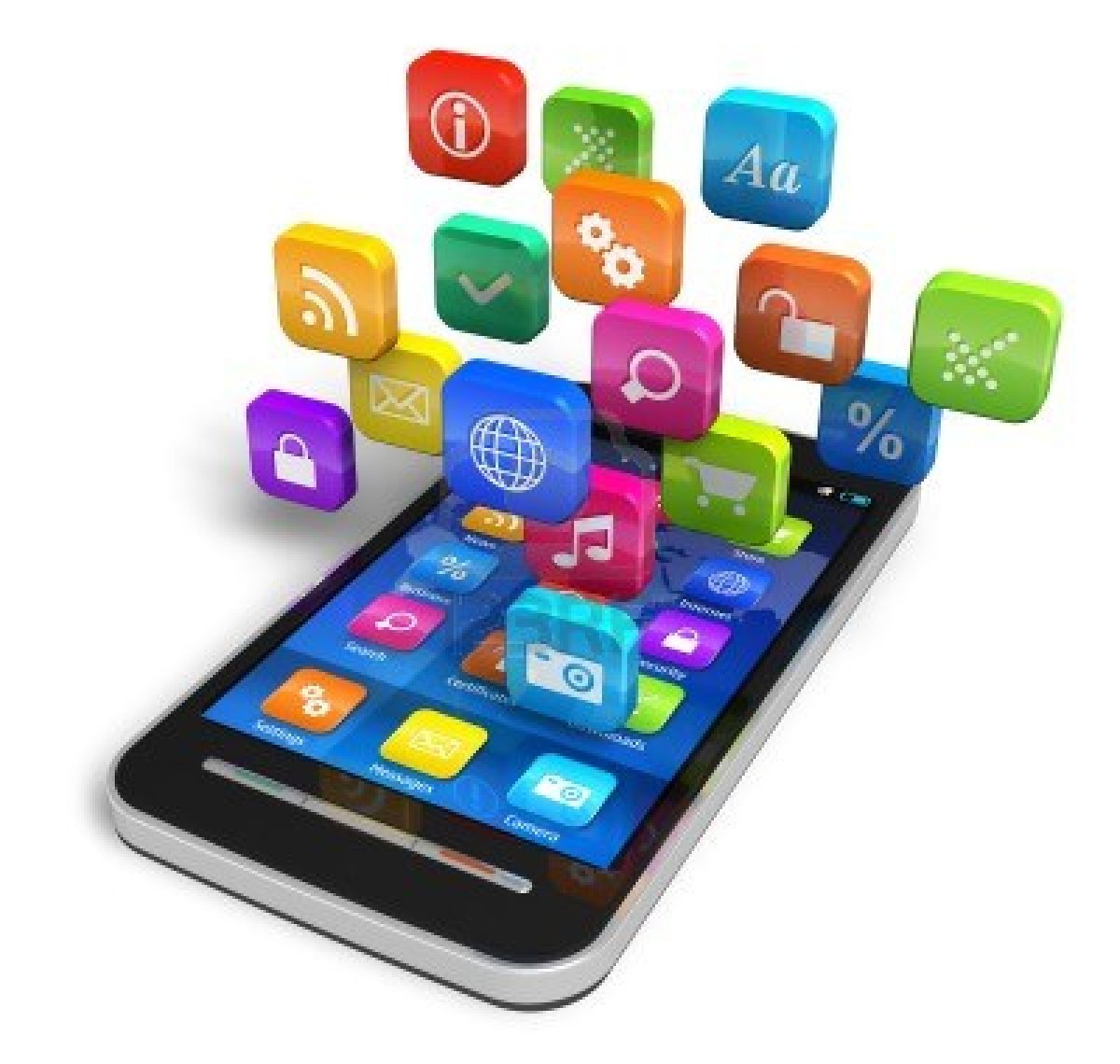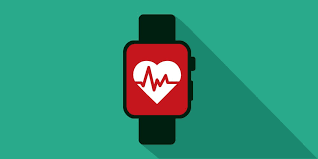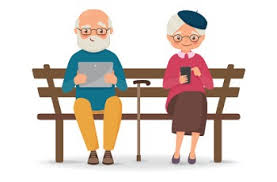It’s a common refrain in senior living that today’s assisted living communities are closer to yesterday’s skilled nursing facilities.
Seekers of Meaning Podcast Posted Online March 7, 2025
What's Next Longevity Deal Talk Episode 32, January, 2025
What's Next Longevity Venture Summit, June, 2025

 How much time do we spend setting up our ‘smart’ phones? Every few years, I change phones. In the past, Android-to-Android, I wasted at least a full day customizing all the ‘improved’ features the way they were on the previous phone, setting up home screens, eliminating bloatware, and downloading apps that did not properly convert. This time, it took me most of 2 weekend days to set up an iPhone to join family photo sharing. The access to photos – that was one of the good parts. Otherwise, it was maddening and sent me out to forums again and again. I learned about the also-constant bug-fix upgrades, email addresses masquerading as Apple IDs (don’t get me started) and other apparently arbitrary design decisions whined about online. And then there was the stylistic non-charm of repositioning jiggling apps icons. But yay, now I see shared photos and learned how to
How much time do we spend setting up our ‘smart’ phones? Every few years, I change phones. In the past, Android-to-Android, I wasted at least a full day customizing all the ‘improved’ features the way they were on the previous phone, setting up home screens, eliminating bloatware, and downloading apps that did not properly convert. This time, it took me most of 2 weekend days to set up an iPhone to join family photo sharing. The access to photos – that was one of the good parts. Otherwise, it was maddening and sent me out to forums again and again. I learned about the also-constant bug-fix upgrades, email addresses masquerading as Apple IDs (don’t get me started) and other apparently arbitrary design decisions whined about online. And then there was the stylistic non-charm of repositioning jiggling apps icons. But yay, now I see shared photos and learned how to  You are increasingly likely to have a wearable -- around your neck or on your wrist. You may collect your own data for your own tracking and use. For those who see a wearable in a health context, they may be disappointed to know that their doctor doesn’t seem to care or know what to do with your heart rhythm data. But you can gain great benefit from tracking your performance (exercise, heart rate) – competing with yourself, and feeling the satisfaction from any improvement over time. What are the benefits of wearables today -- and in the future?
You are increasingly likely to have a wearable -- around your neck or on your wrist. You may collect your own data for your own tracking and use. For those who see a wearable in a health context, they may be disappointed to know that their doctor doesn’t seem to care or know what to do with your heart rhythm data. But you can gain great benefit from tracking your performance (exercise, heart rate) – competing with yourself, and feeling the satisfaction from any improvement over time. What are the benefits of wearables today -- and in the future? Announcements of new offerings are arriving – will they/can they be used? Hopefully these 5 will offer benefit that can and will be realized by older adults. Writers of these 2019 articles about the topic are not so sure that new technologies for this population may not be reaching their intended audience. That can be due to a variety of barriers, including
Announcements of new offerings are arriving – will they/can they be used? Hopefully these 5 will offer benefit that can and will be realized by older adults. Writers of these 2019 articles about the topic are not so sure that new technologies for this population may not be reaching their intended audience. That can be due to a variety of barriers, including  Hearing aids should appeal to those with significant hearing loss. It’s a given that hearing loss interferes with communication – which itself is a
Hearing aids should appeal to those with significant hearing loss. It’s a given that hearing loss interferes with communication – which itself is a  Fall and red leaves arrived as typical late in the month. But as inevitable as those changes are, other notable events occurred during September – including AARP’s
Fall and red leaves arrived as typical late in the month. But as inevitable as those changes are, other notable events occurred during September – including AARP’s 